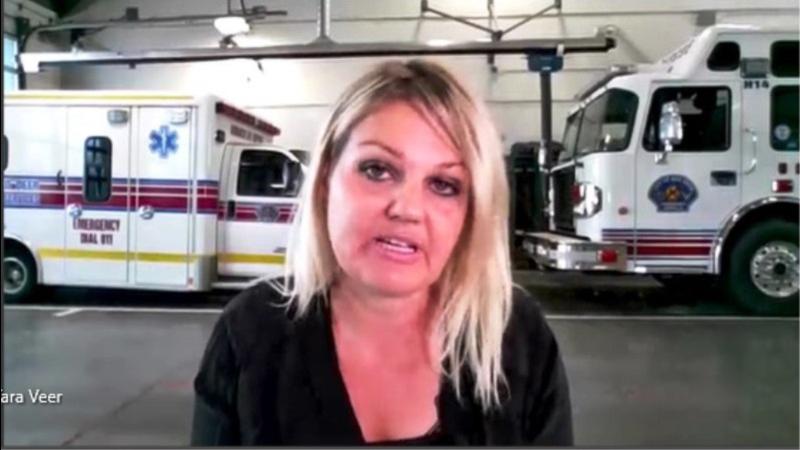
Veer extremely frustrated with plan to consolidate 911 dispatch
Red Deer’s mayor is angry and frustrated over plans to consolidate 911 dispatch services in the province.
Alberta Health Services (AHS) officials say the goal of the move is to further improve patient care and save over $6 million. AHS says last year’s Ernst and Young (EY) AHS review recommends transitioning the four municipally-run dispatch sites into one of three existing provincially-run EMS dispatch Centres located in Calgary, Edmonton, and Peace River.
Tara Veer, however, was joined by Calgary mayor Naheed Nenshi, Lethbridge mayor Chris Spearman, and Karoline Power, Executive Assistant to the Regional Fire Chief at Regional Municipality of Wood Buffalo on Wednesday to outline their strong concerns and disbelief to the announcement.
They noted that their respective communities have successfully operated contracted satellite dispatch sites, separate from the AHS EMS provincial system, since 2009.


